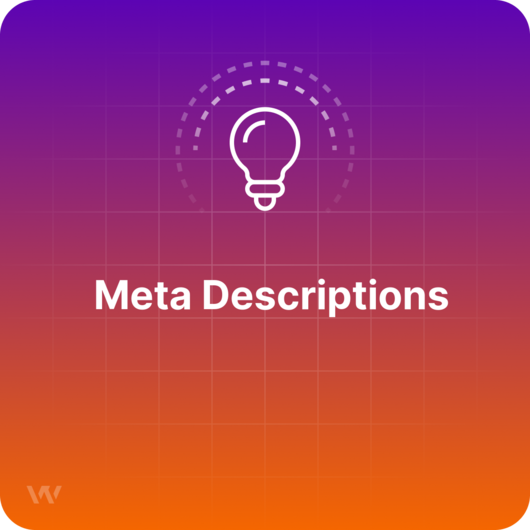Meta Descriptions

TL;DR
The meta description represents a page summary as shown in the search engine results and it can be created for the entire site, or for each page, to create a more specific and relevant description.
What is a meta description?
A meta description is a piece of content shown in search engine result pages alongside the page meta title. The description aims to provide a sneak peek of the page and summarize the content of said page.
How to add a meta description
To add a meta description of the website, place an element in the HTML code of a web page that offers the summary of the page, as it should be shown in search engine results.
Here is the code sample
<head>
<meta name="description" content="This is my website meta description! Check out the best tool to see your website statistics, visitor recordings, and all the other insights regarding your visitors!">
</head>
The length of the meta description is based on how search engines display the site in the result pages for desktop or mobile. The optimal meta description length for Google, as an example, is up to 300 characters, but we recommend around 180-200 characters in order to look good on both desktop and mobile.
How to write a meta description?
Create a compelling and straightforward meta description to inform searchers about your page with just a couple of phrases. Here are a few best practices to follow:
- Summarize the page content in a simple, straightforward, and compelling manner. This piece of content will be shown in search results right under the title, and it is among the first steps to convincing someone to click the page.
- Create unique and relevant descriptions for each page of the website
- Include your primary and secondary keywords in a natural manner

